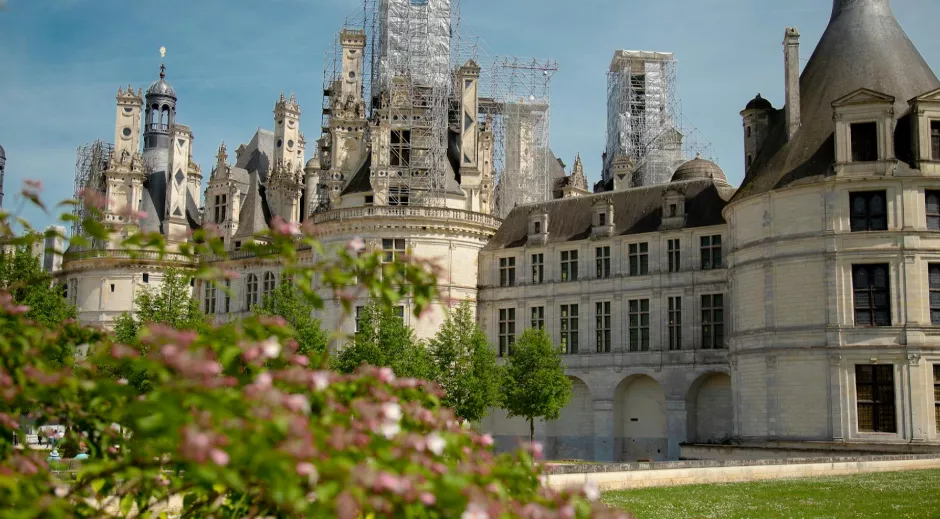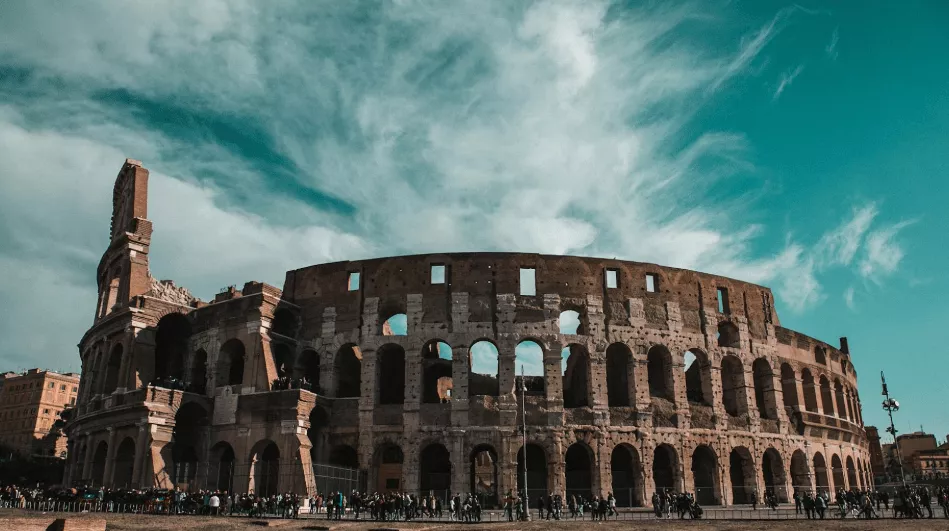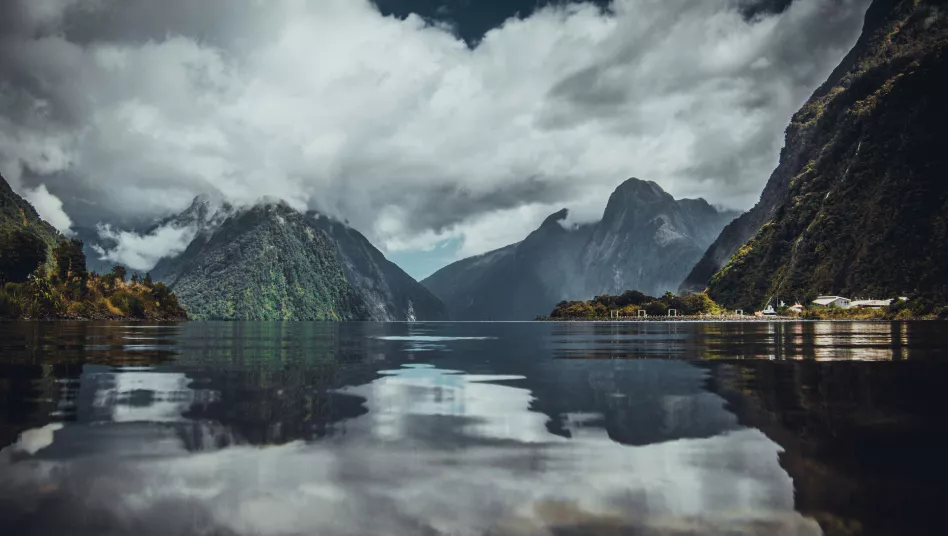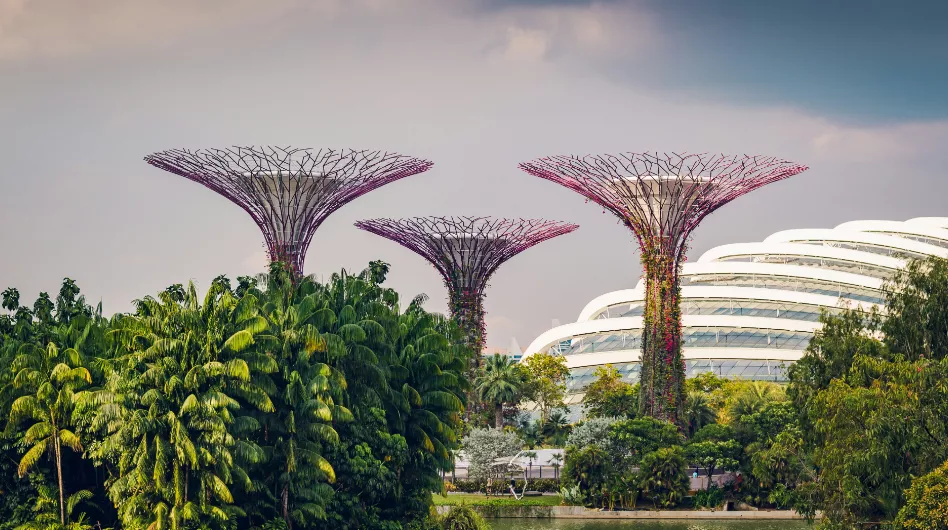The Château de Chambord, which is located in the heart of the Loire Valley in France, is a great treasure of Renaissance architecture and a symbol of the royal history that France has left behind. Chambord’s splendor, historical significance, and breathtaking beauty have earned it the title of the heart of the Loire Valley. Each year, thousands of tourists go to the town to experience its splendor. The reason that this magnificent castle serves as the focal point of the region is as follows.
1. An Architectural masterpiece from the Renaissance period
The Château de Chambord is one of the most well-known castles in the Loire Valley due to the fact that it is a complicated combination of French medieval and Renaissance architectural styles. Architect Domenico da Cortona and possibly even Leonardo da Vinci were responsible for the design of the château, which is a visual feast for those who appreciate the quality of architectural creativity. In addition to being crowned with a series of towers, turrets, and spires, the amazing profile of the 440-room building creates an image that is reminiscent of a fairy tale and gives the impression that it is rising from the forest that is all around it.
Frequently compared to the shape of a crown, the château is well-known for its distinctive roofing that is designed in the French style. Due to the fact that it has exceptionally attractive facades, a stunning double-helix stairway, and charming symmetry, Chambord is a true architectural marvel. Even though it was based on concepts from the Italian Renaissance, the architecture of the castle was altered to fit the topography of France, which set it apart from other royal castles throughout the world.
2. A Proud and Proudly Royal History
Throughout the course of French royal history, the Château de Chambord has made an important contribution. In the year 1519, King Francis I gave the order for the construction of the chateau, which was first intended to be a hunting lodge. It demonstrates the king’s enthusiasm for grandiose displays of power and wealth, and it is located in the enormous Chambord forest, which is the king’s chosen hunting region. In addition, the chateau served as a location for lavish court feasts that were attended by members of the French aristocracy in reverence of the king’s power.
Many French kings, most notably Louis XIV and Louis XV, were responsible for the construction of Chambord over the course of its existence, despite the fact that it was never built in its entirety. The French monarchy has traditionally placed a high value on the château due to its aesthetic appeal, its advantageous location in the Loire Valley, and its ability to reflect the splendor of France’s royal court despite the fact that it is strategically located.
3. A Closer Look at the Chambord Forest
In addition to the castle itself, the land of Chateau de Chambord encompasses a large area. One of the largest enclosed woodlands in Europe, the Chambord Forest, also known as the Forêt de Chambord, is located in close proximity to the chateau and provides a stunning natural backdrop for the structure. Over the course of its more than 13,000 hectares, the forest is home to a wide range of creatures, including wild boar, deer, and more than 200 different species of birds.
The roads through the forest, which are carefully preserved, provide visitors with the opportunity to experience the natural beauty of the Loire Valley and to view the chateau from a variety of perspectives. Visitors who are interested in experiencing both history and the environment in a harmonious manner will find the estate to be an ideal setting for outdoor activities such as horseback riding, hiking, and cycling with the horses.
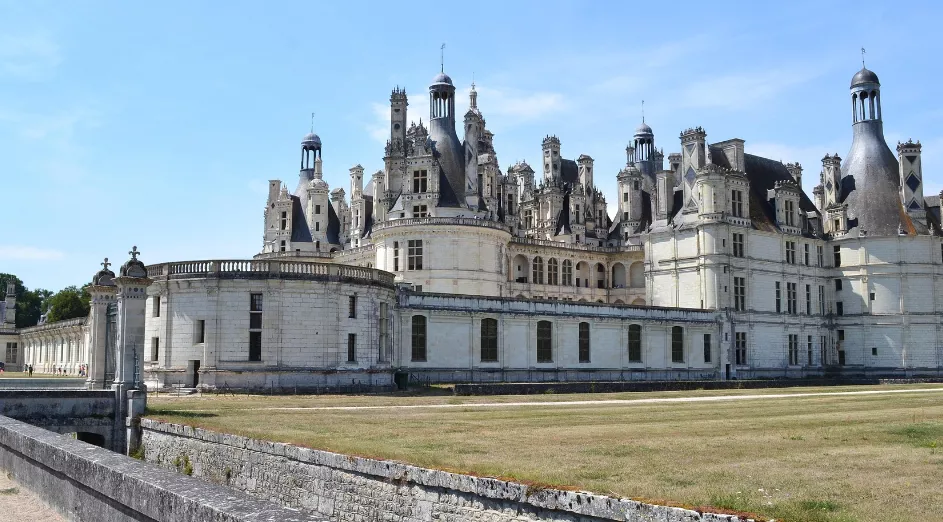
4. A representation of the Loire Valley’s illustrious history and culture
The Château de Chambord, which is located in the very center of the Loire Valley, is frequently regarded as the area’s most emblematic gathering place. Chambord is the largest and most well-known chateau in the Loire Valley, and it is famed for the many exquisite chateaux that it contains. Because it demonstrates the pinnacle of the French Renaissance and the cultural wealth of the region, it is a popular destination for those who are interested in art, history, and travel from all over the world.
Not only does Chambord, which is a UNESCO World Heritage Site, showcase the architectural brilliance of the French Renaissance, but it also brings to light the historical and cultural significance of the surrounding area. The chateau continues to function as a symbol of the golden age of French monarchy and has been influential in the construction of a number of other castles in the Loire Valley.
5. Historical, Cultural, and Creative Heritage
Even in modern times, the cultural and creative contributions that Château de Chambord has made continue to captivate visitors. Exhibitions, concerts, and cultural celebrations of the Loire Valley’s history are some of the activities that take place on a regular basis at the chateau. Because of its commitment to preserving the history of the region while also encouraging contemporary art and culture, Chambord is a destination that is both vibrant and alive.
The chateau is also home to a variety of works of art, some of which are associated with the royal history of the region as well as the Renaissance period. Guests are able to examine the history of the chateau and the lives of individuals who once walked through its corridors through the experience that is similar to that of a museum.
6. The Extraordinary Staircase with Two Helices In It
It is the double-helix staircase that is considered to be one of the most famous architectural features of Chambord. This amazing staircase is comprised of two spiral staircases that are connected to one another. It was designed to allow individuals to ascend and descend without ever having to see one another. It is believed that the design of the object was influenced by the work of Leonardo da Vinci, despite the fact that there is no evidence that can definitively prove that he was actively involved in its development.
One of the most recognizable aspects of the chateau, the staircase exemplifies the perfect balance of practicality and elegance that is characteristic of Chambord. Visitors get the opportunity to observe the intricate elements and the light play as they approach its extraordinary height. From the peak, they can also take in beautiful views of the estate that is located in the surrounding area.
7. An Icon of French Royalty Decades to Come
The Loire Valley’s Chateau de Chambord, with its stunning and regal appearance, stands as the most significant example of the French monarchy’s long-standing heritage. People from all over the world continue to visit it because of its architecture, historical significance, and ongoing cultural significance, which ensures that it continues to be a wonderful destination. The Château de Chambord is more than just a chateau; it is a monument to the cultural growth of France throughout the ages and to the regal history of France.
The Château de Chambord, which makes up the crown jewel of the Loire Valley, encapsulates the very essence of France, including its grace, its history, and its natural beauty. To this day, Chambord remains one of the most fascinating reasons to travel to the Loire Valley, regardless of whether you are interested in the castle’s architectural splendor, its royal history, or the stunning views that can be seen from its tower. It is imperative that everybody who is traveling through this enchanting region make a stop at Chambord since it provides an incredible glimpse into the splendor of the French royal.
Not only is the Château de Chambord located in the heart of the Loire Valley, but it is also a living testament to the richness and history of France. It is a destination that draws people to explore not only its stunning architecture but also the natural beauty that surrounds it.

